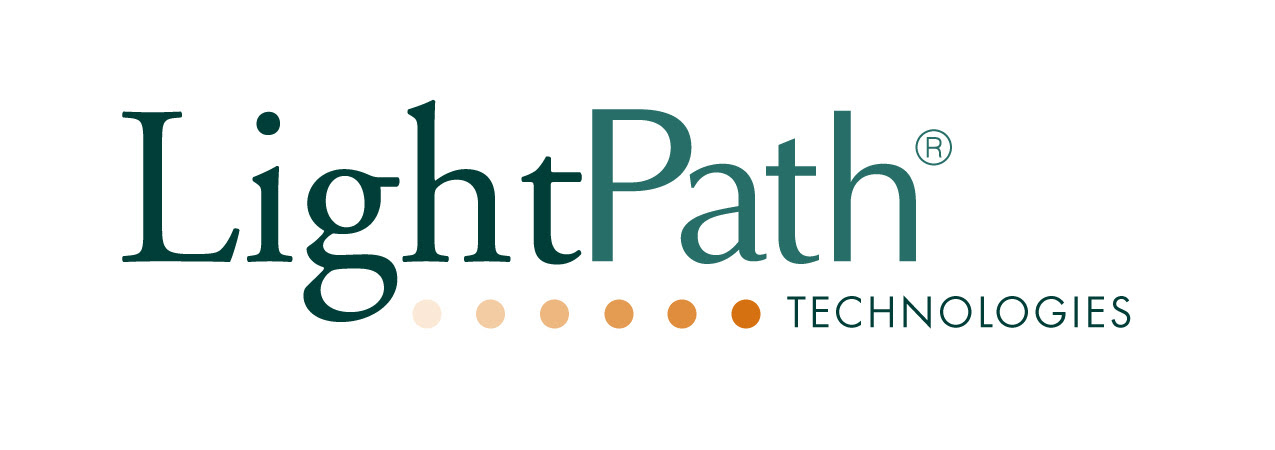JENOPTIK Further Expands Manufacturing Capacity with a
New Class 5 Cleanroom
25
October 2017, Jupiter, FL USA — Jenoptik Optical Systems, LLC, a leading worldwide supplier of
high performance optical solutions, announces the expansion of its
manufacturing operations in Florida. Jenoptik opened a new ISO 14644 Class 5 cleanroom with
state-of-the-art filtration technology for high-precision optical assemblies to
support applications with demanding cleanliness requirements like semiconductor
and space flight instrumentation. Additionally, Jenoptik has extended site
capabilities by investing in a new thermal vacuum chamber in the cleanroom. The
Class 5 cleanroom complements the pre-existing ISO 14644 Class 7 cleanroom and
triples the amount of cleanroom space in Florida.Jenoptik’s continued expansion in Florida is the direct result of customer volume requirements for the company’s products. This new facility complements the cleanroom capacity in Huntsville, AL. The Huntsville facility is purpose-built to meet the rigorous requirements of leading-edge semiconductor-related manufacturing activities.
Jay
Kumler, President of Jenoptik Optical Systems in North America, commented,
"We are investing in differentiating technologies, advanced equipment and
employees, and we are committed to meeting our customers’ expectations for
higher levels of cleanliness and contamination control.”
Leading
equipment manufacturers around the globe rely on Jenoptik’s products to build
semiconductor devices, telecommunications equipment, digital projection, mobile
devices, augmented reality, industrial automation and connected vehicles. Our
optical systems are helping lead the digital transformation and internet of
things.
Jenoptik
looks forward to the new opportunities the expansion will provide and the
partnerships that will be the result of their success. For additional
information on Jenoptik’s capabilities please visit www.jenoptik-inc.com



